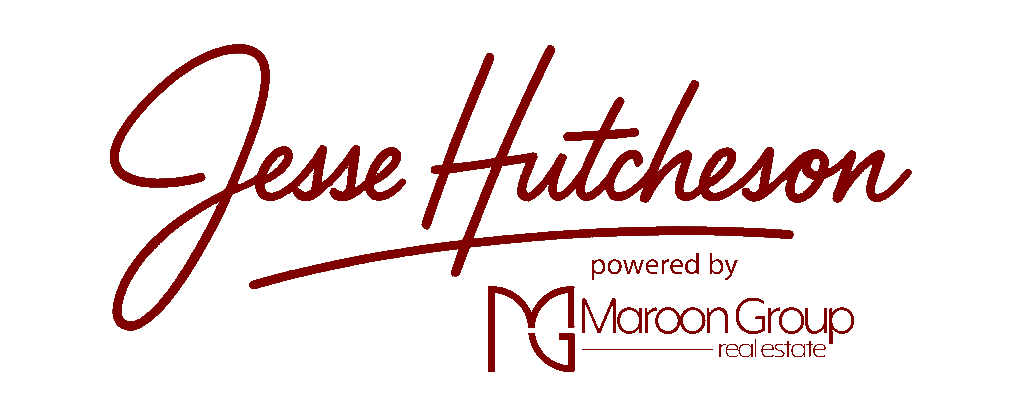Are We In A Real Estate Bubble?
Did you know that the #1 most Googled question regarding real estate right now is, “Are we in a housing bubble”? So, I want to take a moment right now and answer this for you so you can stop your Googling (is that a word? Who knows).
The answer is, in one word, NO. We are NOT in a bubble. Now, the question is pertinent and understandable considering the disaster that was 2007-2008 and the major hit that homeowners took. So, I empathize with those who are hesitant to make a move right now in regards to the housing market, fearing that we are in another bubble.
Let me share some data to ease your mind a little bit:
First off, what caused the last crash in 2007-2008?
Low Down Payments
Flexible Mortgage Rates
Oversupply
In the last housing crash lenders essentially were loaning money to anyone no matter their qualifications. In fact, a friend of mine got a loan for $600,000 in 2007 when he was in-between jobs….. no wonder the market fell apart. PLUS, lenders were heavily pushing Adjustable Rate Mortgages (ARMs) which have low interest rates in the beginning but start to climb after a few years, pushing people into payments they cannot afford.
On top of all of these reasons, builders were way overbuilding. To give context, in July 2007 there were 4 million homes available for sale. As of April 2021, 1.16 million. All around, a bad scenario in 2007-2008.
Well, we learned a little bit in the past decade plus, and changes have been made.
So, if the cause of the last crash was related to down payments, mortgage rates, and oversupply, let’s examine where we are now in regards to these.
1. Down Payments are up, WAY up
More money down means more equity already in the home. In 2007 the typical down payment was just 9% AND 45% of first-time home buyers financed 100% of their home. WHEREAS, in 2021 the typical down payment has been 15.9% and only 17% of first-time homebuyers in 2020 fully financed their home.
More Equity = More Market Security
2. More Fixed-Rate Mortgages
In the 2007-2008 crash, a much larger number of buyers had ARMs, which pushed them into an unaffordable mortgage after the interest rate went up. Today, most buyers are avoiding that risk and the monthly mortgage cost is locked in and fits within the buyer’s current budget and not their estimated future budget. In fact, in 2007, 15% of buyers had an ARM compared to only 4% in 2020. That percentage difference equates to over 600,000 more buyers in 2007 than in 2020 with ARMs.
More Fixed Rate Mortgages = More Market Security
3. Lending Restrictions are Much Tighter
Due to lending tightening, it is much more difficult to be approved for a mortgage, and that’s a good thing. Credit requirements are up. Proof of cash and employment is more closely watched and all of this means a safer market as fewer buyers are purchasing a home they cannot actually afford.
A good barometer for lending practices is the number of foreclosures occurring around the country. The larger the number, the looser the lending practice.
In March 2008, a whopping 234,685 people filed for foreclosure. In February 2020, only 48,004. When you take into consideration the pandemic forbearance, that number dropped to 11,810 in April 2021. That is a significant decrease, showing an increased tightening on lending practices.
Tighter Loan Requirements = More Market Security
So, although the concern is valid and the fears understandable, the data points to a different story. We are NOT in a bubble. In fact, the future looks good for the real estate market!


